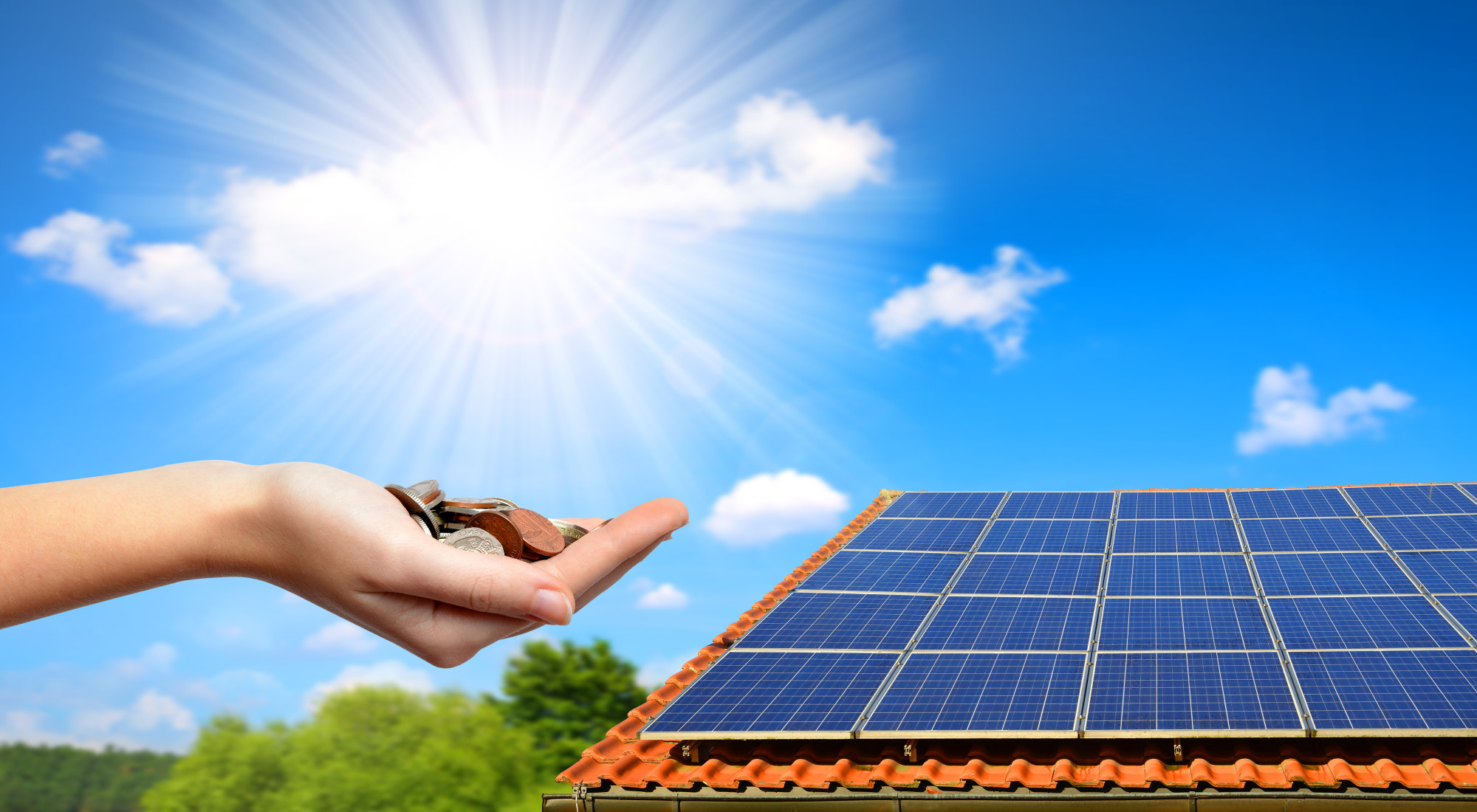Thinking about switching to solar energy? There are now more reasons to do it than ever before.
The cost of going solar has seen a decrease of over 70% in the last 10 years alone. As the technology becomes more ubiquitous, it’s become simpler and more cost-effective to switch to solar energy for your home.
If you’ve already been considering solar energy, you’ve probably heard of solar generators. But how do solar generators work exactly? And how do they fit in with the rest of your basic solar technology setup?
Keep reading for our introduction of solar generators and how they work to power your home.
Benefits of Solar Energy
Before we get into the technical details of solar generators, let’s take a minute to review the benefits of adding solar technology to your home, office, or wherever else you need power.
Here are some of the major advantages of using solar energy:
- Reduce your carbon footprint by generating your own energy
- Solar energy is clean and renewable
- No fuel costs: energy from the sun is completely free
- Save big on your energy bills
- If you choose to connect to the grid, you can receive credits from any unused energy
For travelers and those looking for on-the-go use, https://PoweredPortableSolar.com recommends using portable solar generators. These can be customized to power anything from a small camper van to an entire home.
What is a Solar Generator?
Solar generators are alternative power sources that use the sun’s energy to produce voltage. They are usually composed of solar panels, solar batteries, a charge controller, and a charge inverter.
Solar generators come in a variety of sizes and setups that can be useful for powering devices on the go. They can also be installed in your home and connected to the grid as well, which can lead to major energy savings.
How Solar Generators Work
While solar panels can harvest the sun’s energy, they need a way of converting it and storing it for later use. This is why most solar generators have multiple parts that include a battery and a charge inverter, along with a couple of other key components.
Here are the major components of solar generators:
- Solar panels
- Solar battery
- Charge inverter
- Charge controller
The solar panels convert sunlight into direct current (DC) power which is then passed through the charge controller. The charge controller’s job is to control the voltage of the electricity that enters the battery, preventing excessive amounts of power from damaging the setup.
After the converted energy passes through the charge controller, it is stored within the solar battery. Then, when the energy is ready to be used, the charge converter converts it into AC (alternating current) energy, making it ready to use to power most devices, lights, and appliances.
Choosing Solar Technology for Your Home
While it does require an initial investment, switching to solar energy offers major benefits that make it well worth the cost. Now that you’re more familiar with solar generators and how they work, you’ll be ready to choose solar technology for your home.
For more topics, check out our other articles.

